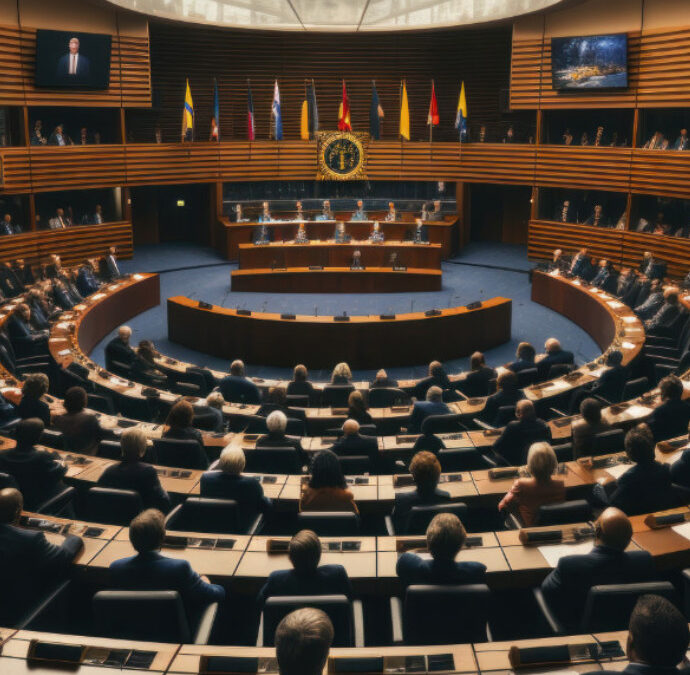
Why do people take the time to answer an online poll? Why are some interactive polls so irresistible while others are ignored? The answer lies in participatory psychology.
At their core, online polls are not just tools for collecting data; they are also tools for engaging with the public. They are invitations for people to express opinions, feel included, and be part of a group. When designed correctly, interactive polls tap into motivation, curiosity, and social dynamics — all of which boost response rates.
The Science Behind Poll Participation
Participation psychology shows that people engage with an online poll when three needs are met:
- Relevance: The topic of the online poll matters to them.
- Ease: Answering takes only seconds.
- Reward: They receive something in return, such as instant results or recognition.
This explains why interactive polls outperform long surveys. A quick online poll delivers feedback in real time, fulfilling psychological needs for inclusion and immediacy.
Curiosity and Motivation to Vote
Humans are naturally curious. When invited to participate in an online poll, they want to see how their answer compares to others. This curiosity drives the motivation to vote.
- Interactive polls that display live results satisfy that curiosity instantly.
- Higher response rates come when participants know their vote will matter.
- Every online poll taps into the fundamental human desire to belong to a group.
This “fear of missing out” effect explains why people continue to click on polls in events, webinars, and even on social media.
Social Influence in Interactive Polls
Social dynamics are powerful. People often answer interactive polls not just for themselves but to see how others think. When results are shown immediately, the group dynamic increases participation.
- A well-timed online poll during a conference boosts response rates because everyone wants to participate in the collective activity.
- Interactive polls create a sense of belonging that fuels engagement.
- The psychology of groups explains why motivation to vote is contagious; once a few participate, others quickly follow.
How Poll Design Affects Participation
While psychology explains the “why,” design influences the “how.” Poorly written poll questions or overly long online polls kill participation. Smart organizers use effective poll design principles to boost response rates:
- Keep interactive polls short and focused.
- Use simple formats, like yes/no or multiple choice.
- Provide instant results to close the feedback loop.
This combination of psychology and design makes an online poll nearly irresistible.

The Role of Instant Gratification
Another driver of motivation to vote is the reward of instant gratification. Unlike surveys that take weeks to process, interactive polls provide answers immediately. Seeing the bar chart shift in real-time is a psychological trigger that reinforces participation and increases response rates.
Every vote feels valuable because it changes the outcome of the online poll right before participants’ eyes.
Why People Keep Coming Back to Polls
Participants return to online polls because they feel heard. Each answer contributes to group decisions, event direction, or brand insights. Interactive polls send a clear message: your opinion matters. That validation, grounded in participatory psychology, keeps people engaged over time.
When participants believe their voice has an impact, their motivation to vote naturally increases, ensuring higher response rates for every future poll.
Understanding the psychology of participation helps you design better online polls. Focus on relevance, simplicity, and instant results. Use interactive polls to satisfy curiosity, tap into social influence, and boost response rates.
👉 With our platform, you can create online polls that leverage participation psychology and maximize motivation to vote, ensuring your audiences are not just listening but actively engaging.
